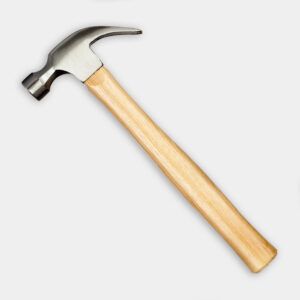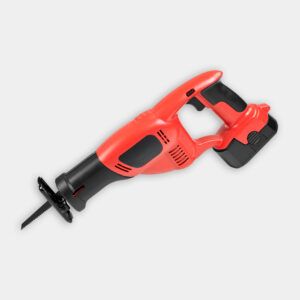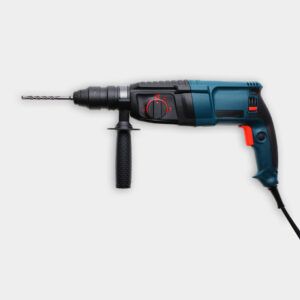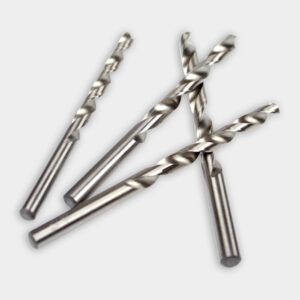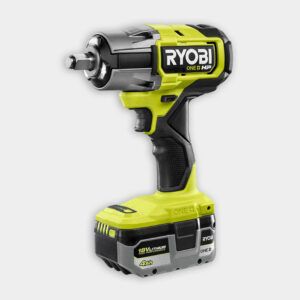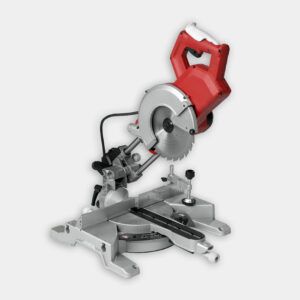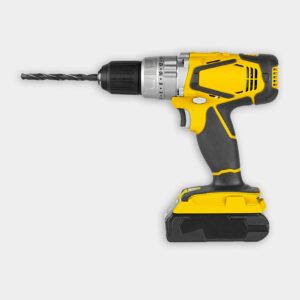We may be compensated if you purchase through links on our website. Our team is committed to delivering honest, objective, and independent reviews on home products and services.
Replacing a deck post involves removing old, damaged posts and installing new ones with proper support and bracing. This can greatly improve your deck’s stability and longevity. In the video above, This Old House general contractor Tom Silva demonstrates how to replace deck posts efficiently and effectively.
Assessing the Need for Deck Post Replacement
Determine whether your deck posts truly need replacing. Here are some signs you need new posts:
- Cracks or splits in the wood
- Noticeable leaning or instability
- Pest damage, such as termite infestation
- Rusted or corroded metal components
- Visible rot or decay
Preparing to Replace a Deck Post
Proper preparation is key to a successful deck post replacement. Ensure you have all the necessary tools and materials before starting.
Gather Tools and Materials
- 3-inch decking screws
- Expansion anchors
- Galvanized hanger nails
- Hammer
- Hammer drill with masonry bit
- Impact driver
- Impact wrench
- Miter saw
- New pressure-treated lumber for posts
- Post base
- Pry bar
- Reciprocating saw
- Small sledgehammer
Safety Precautions
Safety should always be a top priority when working on any home improvement project. Do the following:
- Ensure proper ventilation if working with treated lumber.
- Have a first aid kit nearby.
- Use ear protection when operating power tools.
- Wear safety glasses and work gloves.
Temporary Support
Install temporary support for the deck before removing old posts. Silva demonstrates using temporary 2×4 posts beneath the outer deck beam. This keeps the deck stable throughout the replacement process.
Step-by-Step Deck Post Replacement
Follow these steps to replace your deck posts effectively:
- Install temporary supports beneath the outer deck beam.
- Cut free any diagonal bracing with a reciprocating saw.
- Pry out the nails securing the existing vertical posts to the deck frame. Pull out the old deck posts and discard.
- Set a metal post base on top of the concrete pier, then drill a hole that’s 1/2-inch in diameter and 3 inches deep down into the pier with a hammer drill and carbide-tipped masonry bit.
- If there’s a metal pin or rod protruding from the top of the concrete pier, cut it flush with a reciprocating saw.
- Secure the metal post base to the concrete pier with an expansion anchor. Tighten the anchor with an impact wrench.
- Cut a new post to fit between the post base and the underside of the deck frame. Fasten the post with galvanized hanger nails. Install one post under each corner of the deck.
- Use metal hangers to attach existing lattice panels or rails to the new posts.
- Stretch a tight chalk line between the two corner posts. Position the line 16 inches down from the top of the deck beam.
- Measure down to the chalk line at a midpoint between the two corner posts. You know the beam is straight if the midpoint dimension is 16 inches.
- Cut and install a post between the two corner posts. If the beam sags down, cut a post long enough to raise and straighten out the beam.
- With the new posts securely fastened in place, remove the temporary 2×4 posts.
- Install 2×4 diagonal bracing between the posts and deck beam. Secure each brace with 3-inch decking screws.
Improving Deck Post Stability and Longevity
Enhance the stability and lifespan of your new deck posts with a few additional steps.
Using Post Bases
Silva emphasizes the importance of using metal post bases. These bases offer several advantages:
- Create separation between the concrete and wood, slowing down rot
- Offer a secure connection to the concrete pier
- Provide uplift protection, preventing the post from rising
Installing Diagonal Bracing
Diagonal bracing is crucial for lateral stability:
- Use 2×4 lumber for bracing.
- Place braces flat against the beam and post for a stronger connection.
- Secure each brace with 3-inch decking screws.
Choosing the Right Materials
The right materials make for long-lasting results:
- Choose metal post bases and hangers designed for outdoor use.
- Opt for galvanized or stainless steel fasteners to resist corrosion.
- Use pressure-treated lumber for posts.
Maintaining Your New Deck Posts
Proper maintenance will help your new deck posts last longer.
Regular Inspection
Regularly inspect posts for signs of damage or decay. Look for rot, insect damage, or cracks that could compromise structural integrity. Early detection allows for prompt repairs, preventing minor issues from becoming major problems.
Cleaning and Sealing
Clean your new posts annually to remove dirt and debris. Use a mild detergent and water to scrub the surface, then rinse thoroughly. Apply a water-repellent sealer every few years to protect the wood from moisture and UV damage. The exact cleaning and sealing process will vary based on your chosen material.
Vegetation Control
Trim nearby vegetation to reduce moisture retention around the posts. Overgrown plants and shrubs can trap moisture against the wood, leading to rot and decay. Keeping the area around the posts clear also promotes better airflow.
Enhancing the Look of Your Deck
Replacing the posts can also enhance the overall look of your deck. Consider these additional enhancements.
- Decorative elements: Decorative post caps or trim can give your deck a polished and finished look. Choose materials that complement your deck’s design and color scheme.
- Lighting: Incorporate lighting into your new posts to create an inviting ambiance for evening gatherings. Solar-powered post cap lights or low-voltage fixtures can add both functionality and style.
- Painting or staining: Paint or stain the new posts to match the rest of your deck. This enhances appearance and provides an extra layer of protection against the elements.
When To Hire a Pro for Your Deck
While replacing deck posts can be a good do-it-yourself (DIY) project, there may be situations where you need professional assistance.
- Complex designs: Professional expertise may be needed to repair decks with complex designs or multiple levels. Professionals, like those from This Old House, have the tools and knowledge to tackle these challenges.
- Structural concerns: Consult a professional if your deck has significant structural issues beyond just the posts. An experienced contractor can assess the deck’s overall condition and recommend appropriate repairs.
- Time and convenience: A professional can complete the job quickly and efficiently, allowing you to enjoy your deck without the hassle of DIY work.
